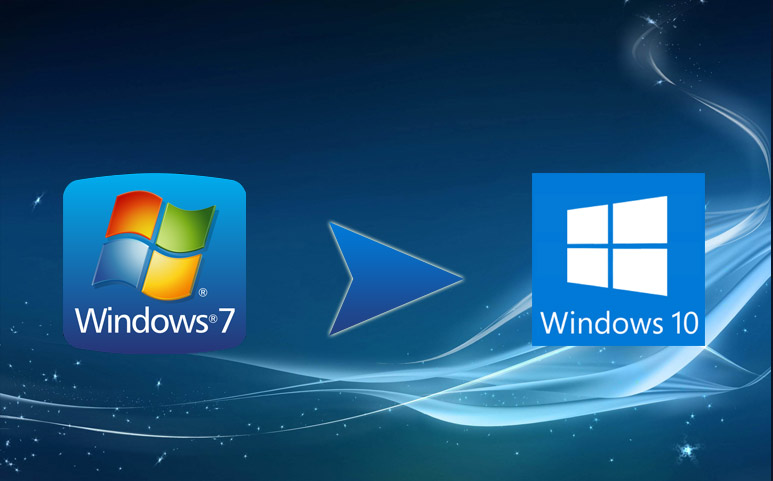In many cultures and civilizations, knowing about time and its various units of measurement is essential. The “fortnight” is one such traditional unit that has attracted a lot of interest. Let’s examine in detail How Long is a Fortnight and its origins. So let’s check out everything about the How Long is a Fortnight article.
Some ancient timekeeping units still have appeal and significance in the fast-paced digital age, where milliseconds determine outcomes and every second counts. One of these is the enigmatically named “fortnight.” But what does a fortnight consist of? How did it become so deeply ingrained in some cultures while largely remaining unknown in others? Weaving this 14-day unit’s story from the tapestry of old customs to the threads of modern life, let’s set out on a temporal journey to reveal the magic and history of it. Now let’s get to know more about this How Long is a Fortnight guide.
1. Understanding the Term ‘Fortnight’
In terms of time, a fortnight is equal to exactly 14 days or two weeks. Putting this into more detail of How Long is a Fortnight:
- Days: 14
- Hours: 336 (24 hours x 14)
- Minutes: 20,160 (60 minutes x 336 hours)
- Seconds: 1,209,600 (60 seconds x 20,160 minutes)
2. The Origin and Historical Use
- Old English Roots: The word ‘fortnight’ is derived from an Old English term, ‘feowertyne niht,’ which means ‘fourteen nights.’
- Widespread Usage in Britain: Historically, British colonies and territories commonly used the term. This made the unit popular in countries that had close ties with Britain.
3. Fortnight in Modern Times
Contrary to popular belief, the term “fortnight” is used locally more often today. The situation is as follows:
- Britain and Ireland: The term remains prevalent, especially when referring to pay cycles or periodic events.
- Australia and New Zealand: Fortnightly pay cycles are standard, and the term is used in everyday conversations.
- U.S. and Canada: The term is less common and might even be met with confusion by some.
4. Why Fortnight Still Matters
Despite some claims to the contrary, the term “fortnight” has some useful applications in the modern world:
- Pay Cycles: Many companies across countries use fortnightly pay cycles. This makes it essential for employees to understand the duration it represents.
- Cultural References: Literature, especially classics, often use the term. Knowing its meaning can provide context to readers.
- Periodic Events: Some events, like bi-weekly meetings or agricultural cycles in certain regions, still rely on the fortnight unit for scheduling.
5. The Global Perspective on Fortnight
Here is an overview of how “fortnight” is perceived around the world:
- India: The term is understood, given the historical British influence. However, its daily usage is limited.
- South Africa: Another region with British influence, ‘fortnight’ is understood but not frequently used.
- Other Regions: In many parts of Europe, Asia, and Latin America, the term is either unknown or seldom used.
Conclusion
So this is all about the How Long is a Fortnight article guide. The word “fortnight” may seem out of place in the fast-paced digital age, but it has roots and meaning in many different cultures and places that cannot be ignored. Knowing How Long is a Fortnight is still useful for understanding pay cycles and shedding light on historical texts. This historical unit of time might be useful to anyone who enjoys history, travels, or conducts international business. Hope you like this How Long is a Fortnight from here now?
The word “fortnight,” which has made its way through history and into our current lexicon, is a testament to time’s enduring dance. While it might appear to be an antiquated relic to some, its continued reverberation in contemporary life — from payroll systems to literary nuances — emphasizes its enduring relevance. Hope you enjoy checking this type of How Long is a Fortnight content.
These milestones, like the fortnight, help us stay rooted in tradition and are a constant reminder of the rhythmic beauty of time’s passage as the world speeds up. If you delve deeply into its essence, you’ll find that it’s more than just a count of days; it’s also a history of how people have interacted with time. If you enjoy checking or reading the How Long is a Fortnight then please do share How Long is a Fortnight with others as well also.
Frequently Asked Questions (FAQ) –
What Exactly is a Fortnight?
- A fortnight refers to a specific duration of time, encompassing exactly 14 days or two weeks.
From Where Does the Term ‘Fortnight’ Originate?
- The word traces its origins back to Old English, stemming from the term ‘feowertyne niht’, which translates to ‘fourteen nights.’
Is the Fortnight Measurement Commonly Used Today?
- Yes, particularly in regions with British influence such as the UK, Australia, and New Zealand. It’s frequently used in contexts like pay cycles or periodic events.
Why is the Concept of a Fortnight Important in Literature?
- Classic literature, especially those from British authors, often references the term. To fully understand and immerse oneself in such texts, knowledge of the fortnight’s duration is beneficial.
How Does a Fortnight Compare to a Bi-weekly Duration?
- They’re synonymous! Both a fortnight and a bi-weekly timeframe signify two weeks or 14 days.
Where Else Might I Encounter the Use of ‘Fortnight’ in Modern Times?
- Beyond literature and pay cycles, ‘fortnight’ may appear in cultural events, agricultural schedules, or even colloquial conversations in certain regions.
Are There Other Ancient Time Measurements Still in Use Today?
- Absolutely! Units like the ‘decade’ (10 years) or ‘century’ (100 years) are examples of time measurements that have persisted through history and are still commonly used.
It’s fascinating to see how some archaic terms, like “fortnight,” still have meaning in the constantly changing digital landscape. Understanding these ideas contributes to our knowledge and ties us to a shared past that spans several generations.

















